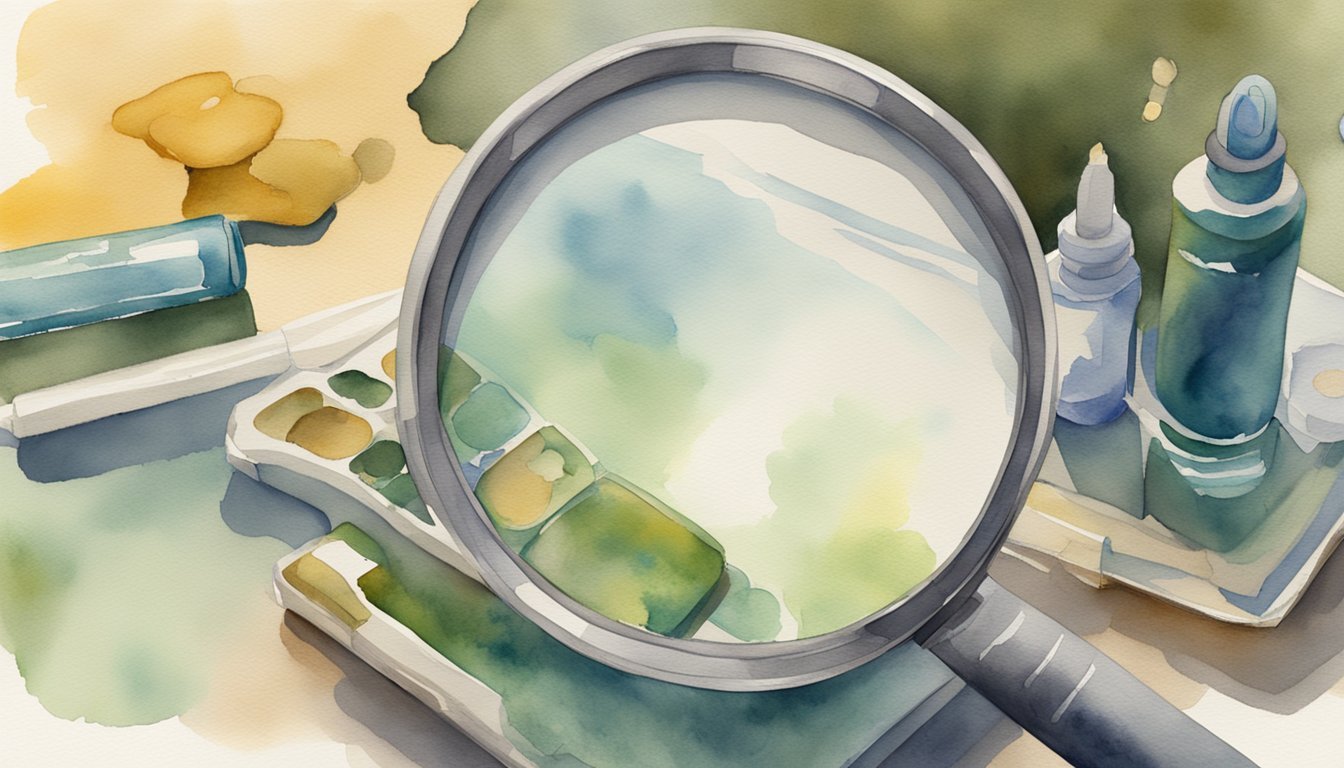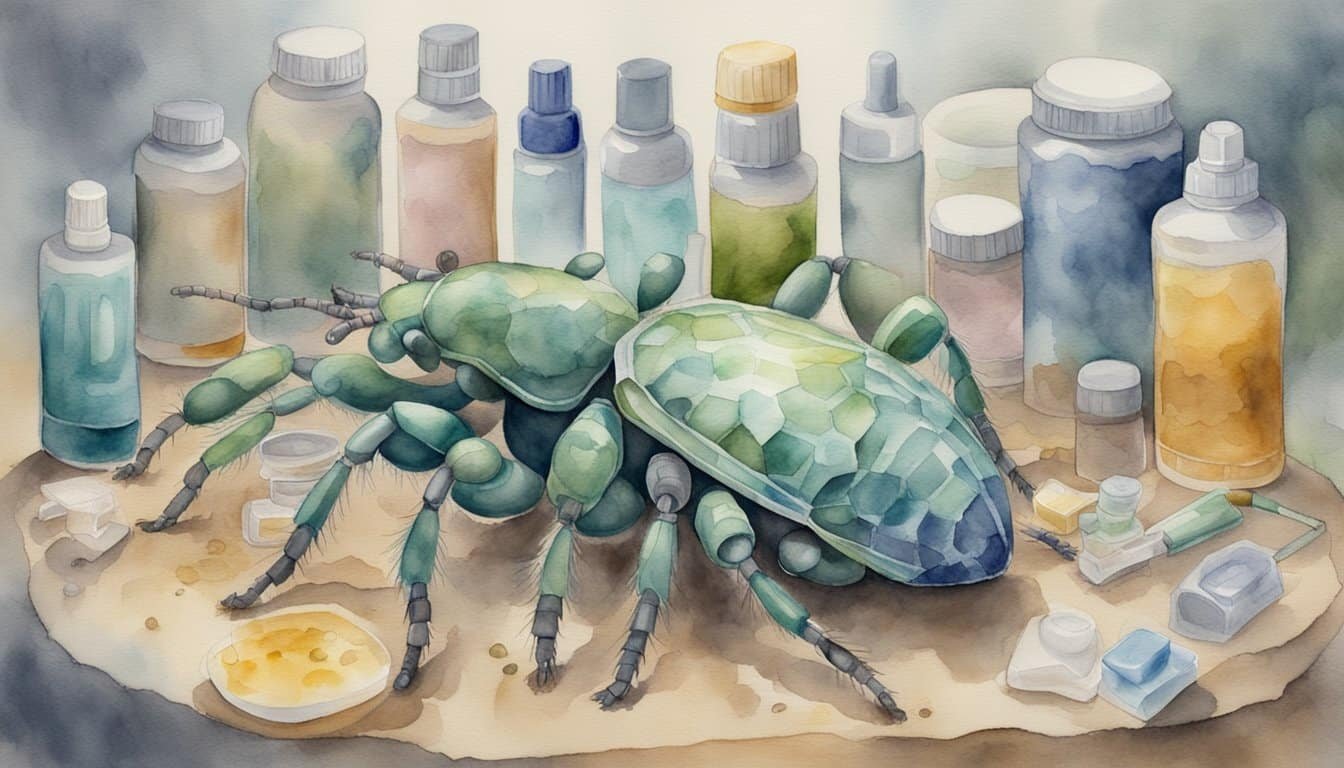Understanding Super Lice
When it comes to head lice infestations, there’s a new critter in town—super lice. These tiny pests are causing big problems due to their resistance to traditional treatments. Let’s dive into their origins and tackle some common misconceptions.
Origins and Identification
Super lice are essentially head lice that have developed a resistance to the chemicals typically used to treat lice infestations. They look identical to regular lice—itchy little parasites that set up shop in human hair—and can be just as pesky. The key difference is that super lice carry genetic mutations that make them tough to eliminate using the standard over-the-counter remedies.
To identify a super lice infestation, one would look for the same signs as with regular lice: scratching, visible nits (lice eggs), and live lice in the hair. However, if the lice persist despite treatment, they might be of the super variety. Recent research dives deeper into the tangled history of these resistant pests and their impact on the environment.
Common Misconceptions
One might think that super lice are a result of some bizarre science experiment gone wrong, but they’re just head lice that have adapted to survive. Another common myth is that they’re a product of dirty hair or poor hygiene, but in reality, lice aren’t picky about cleanliness; they’re happy to infest any head of hair they can cling to.
Moreover, many people believe that super lice can jump or fly from head to head, but lice can only crawl. These critters spread mostly through direct head-to-head contact, so while sharing hats or combs can be a risk factor, it’s not the primary mode of transmission. Head lice, including super lice, are just parasites trying to survive, not creatures out of a horror film.
Detection and Diagnosis

When dealing with super lice, one must know how to identify them effectively. Early detection and accurate diagnosis are crucial in managing and treating lice infestations.
Recognizing Symptoms
The primary sign of a lice infestation is an intense itchiness on the scalp, provoked by an allergic reaction to the lice bites. It’s common, especially for children, to complain about a feeling of something moving in the hair, which may indicate the presence of crawling lice. Inspection might reveal nits (lice eggs) glued to hair shafts near the scalp, often confused with dandruff, yet unlike dandruff, nits cannot be easily shaken off.
Professional Diagnosis Process
A proper diagnosis usually requires a consultation with a health care provider. They distinguish between live lice and other particles found in the hair using a specialized tool for magnified examination. For instance, entodermoscopy has emerged as a novel approach in the detection of skin parasitoses, including lice, aiding in identifying live specimens and differentiating them from debris. The health care professional looks for viable eggs, live lice, and also assess the severity of the infestation to recommend an appropriate treatment plan.
Treatment Strategies

When battling super lice, an array of treatments are available ranging from the shelves of your local pharmacy to the more complex prescriptions from healthcare providers. But are they all equally effective?
Over-the-Counter Solutions
Most drugstores offer over-the-counter treatments for lice, commonly containing permethrin or pyrethrin. Permethrin, a synthetic version of natural insecticides, is used widely in products like Nix. Pyrethrin, derived from chrysanthemum flowers, is often found in products such as Rid shampoo. An essential step to make these treatments effective is thorough wet combing after the application.
Prescription Medications
When over-the-counter options fail, it’s time to consider stronger prescription medications. Ivermectin, found in a product called Sklice, suffocates lice when applied to the scalp. Another potent prescription option is Malathion, an organophosphate insecticide formulated into a lotion. It’s crucial to follow all safety directions with these medications due to their strength. For a non-insecticide treatment, spinosad-based Natroba is often recommended by healthcare professionals.
Home Remedies and Alternative Approaches
Despite not being scientifically proven like over-the-counter and prescription options, some individuals turn to home remedies. Olive oil and mayonnaise have been touted to asphyxiate lice, whereas others swear by routine wet combing without the use of insecticides. Each of these methods requires persistence and does not guarantee success. Remember, consultation with a healthcare provider is advisable before trying any remedy at home.

